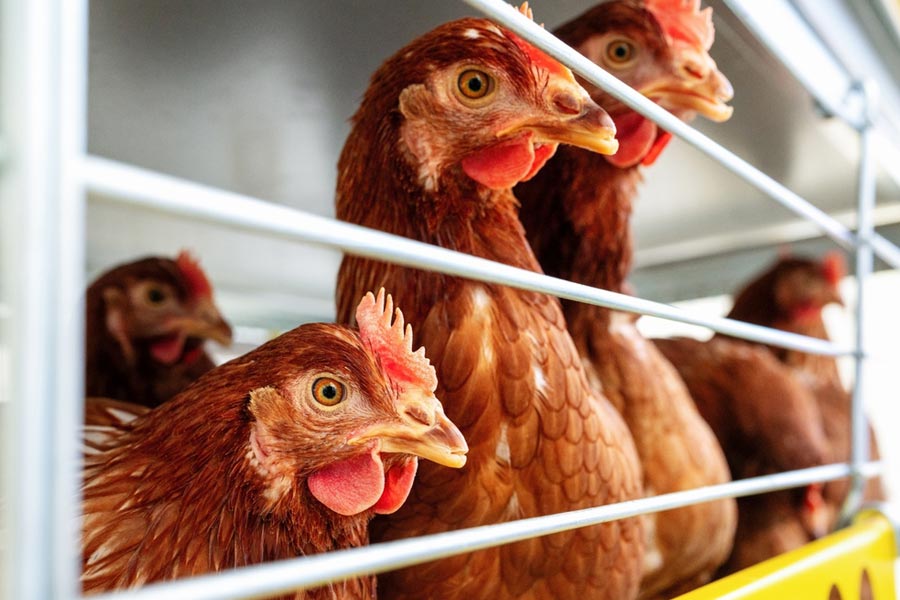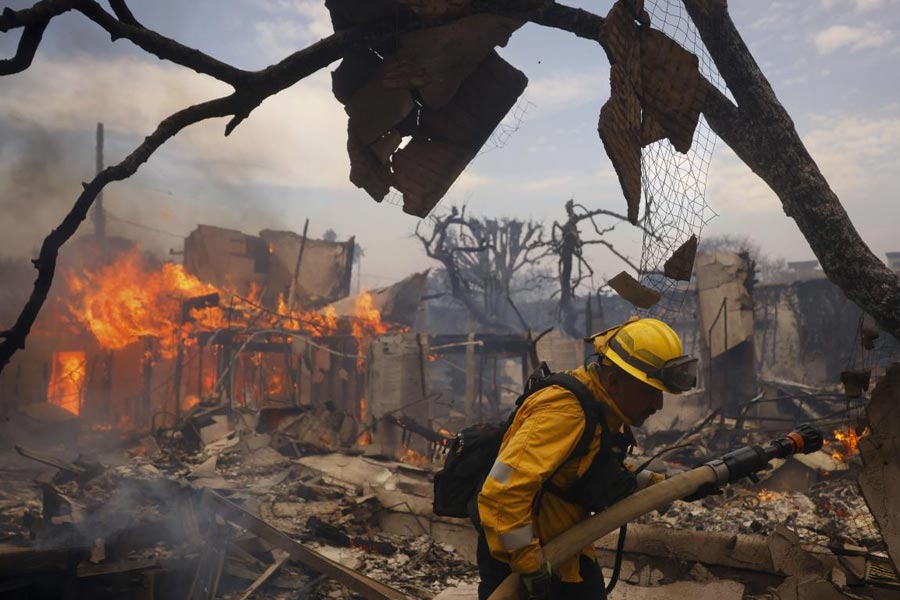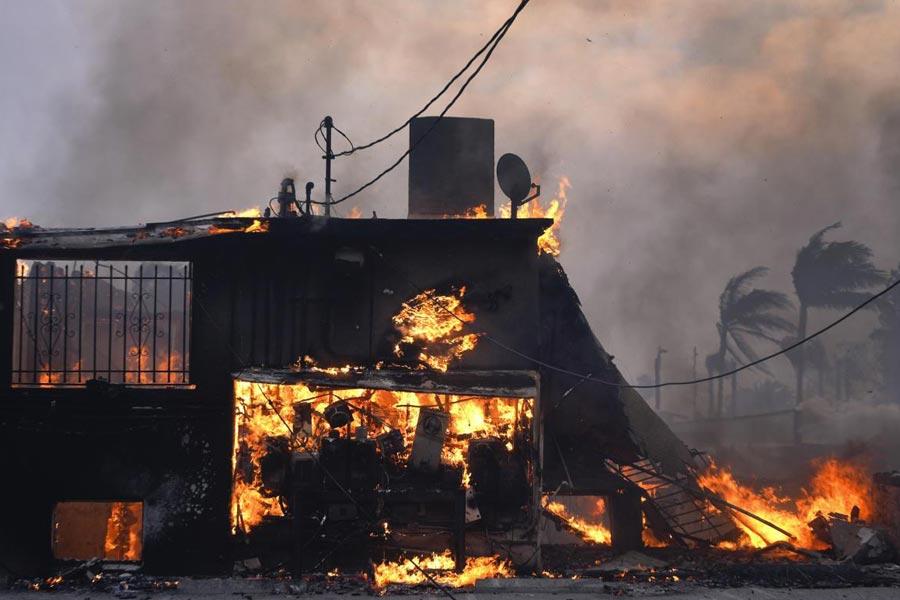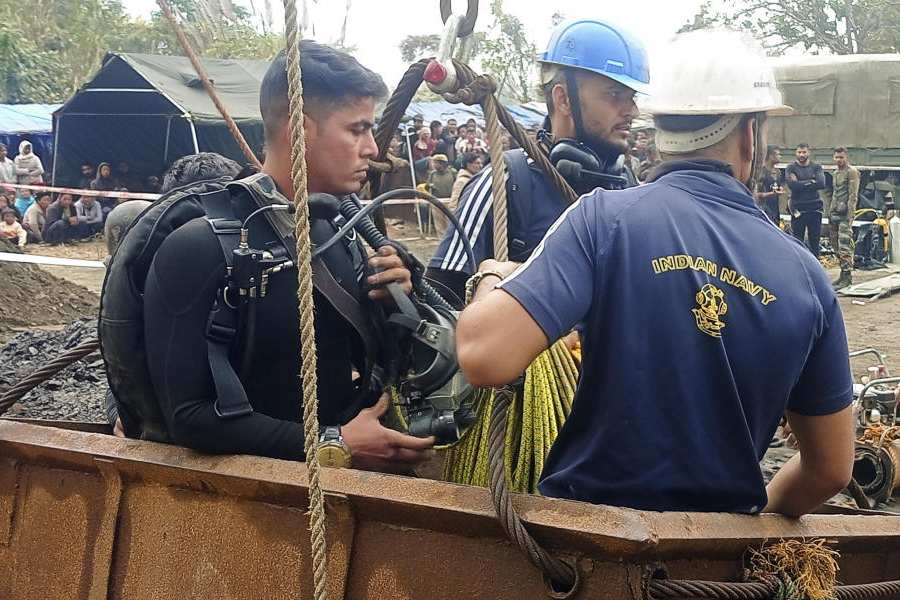It has taken a pandemic-induced global lockdown to make visible to us the millions of invisible, desperate migrant labourers whose toil sustains us and the nation. In this context, appreciation is due to Roli Misra’s Migration, Trafficking and Gender Construction: Women in Transition, which seeks to make visible the gendered dimension of migration and trafficking through 10 well-researched essays by scholars from South Asia and Europe. The essays have been grouped into two parts: I) Migration, Trafficking and Work and II) Migration and Assimilation. Part I has a largely South Asian focus with subjects ranging from the indigenous women from the Chittagong Hill Tracts, the refugee Rohingya women from the Rakhine province of Myanmar, tribal minor girls from Jharkhand, to the adivasi women from western Assam, along with one essay on Bosnian women. Part II focuses on the issue of assimilation of migrant women, largely from parts of the former Soviet Union and Yugoslavia, in Slovenia and Finland.
In her incisive foreword, Paula Banerjee delineates the discursive trends that inform the international policies on migration, interrogating the categories of “asylum seekers, refugees and economic migrants”, whose shifting and blurred boundaries have rendered old international legal frameworks irrelevant and untenable. Banerjee draws our attention to the different perspectives prevalent in the Global North and the Global South which eventually converge in the ultimate reduction of the refugee as a liability. The essays counter this reductive discourse, enumerating how the labour of women migrants sustains families, communities and the receiving nation. Gomoti Bodra Hembrom in her extensive essay on the migration and trafficking of young tribal girls from Jharkhand dwells on the concept of “feminization of survival” (Saskia Sassen, 2000) to illustrate how households and even entire communities live, profit and earn revenue through the labour performed by migrant women, often in the shadow economy of the unorganized sector. Hembrom notes that as a consequence of economic globalization, “[P]rostitution, labour migration and illegal trafficking in women and children are growing in importance as profit-making activities”. Mojca Pajnik and Veronika Bajt’s essay similarly illustrate how the “third country national” status of migrants from the former Yugoslavia into Slovenia push the migrant women into illegal, undocumented professions that are socially considered ‘dirty’ or underpaid, to meet the demand for services particularly in the form of housework, childcare and care of the elderly.
Ena Tripura’s essay on the migrant indigenous women from the Chittagong Hill Tracts working in the export industries in the metropolitan cities of Bangladesh emphasizes their contribution to the economy of the new nation. While these women are preferred for their “honesty, hardwork and dedication”, they are paid much lower than their Bengali co-workers, experiencing both ethnic and gender discrimination. The essay by Nazimuddin Siddique discusses the discrimination and displacement faced by the adivasi women — who migrated in the late-nineteenth century to Assam and North Bengal to work in the tea plantations — in the Bongaigaon district of western Assam during the Bodoland movement. The meticulously documented essay on the Rohingya women in refugee camps in Bangladesh and in Indian prisons by Sucharita Sengupta reveals how, in spite of the recommendation of a United Nations report to promote leadership among women and equal representation, Rohingya women are constrained by both external and internal factors. Finally, while dwelling on the issue of assimilation Sanja Cukut Krilic and Mateja Sedmak have examined in their essays the issues faced by female migrants and female descendants of migrants in Slovenia as they struggle to assimilate in Slovene society while holding on to the linguistic and cultural traditions of the country of origin.
Migration, Trafficking and Gender Construction: Women in Transition, edited by Roli Misra; Sage/Stree, Rs 1,095











